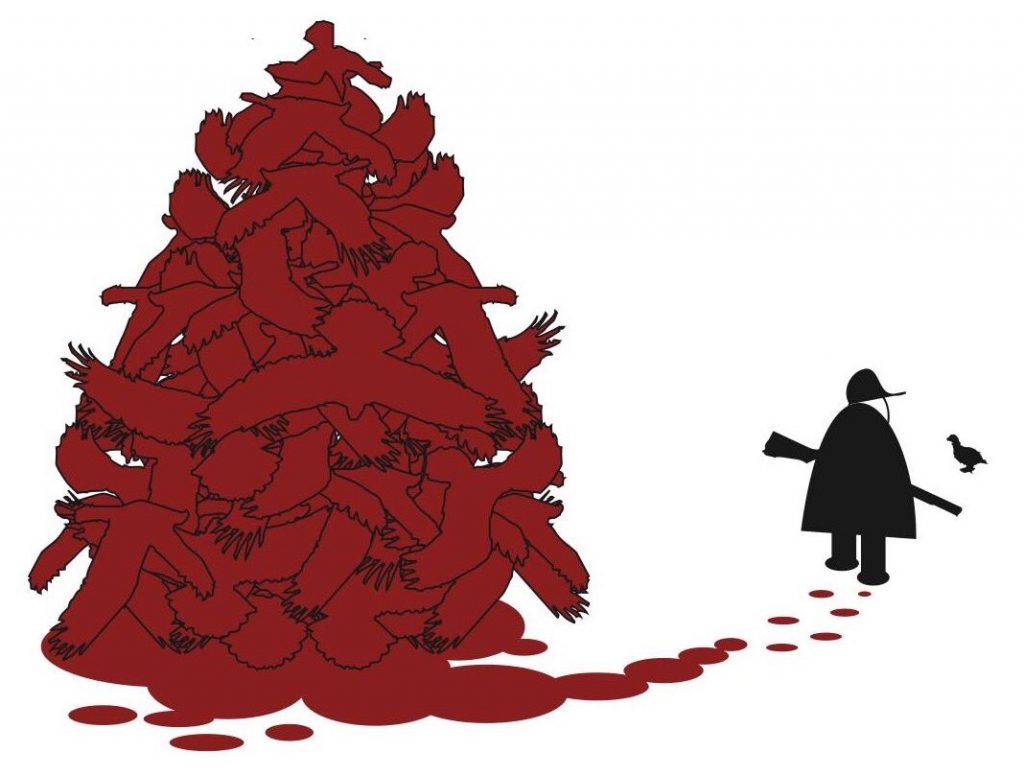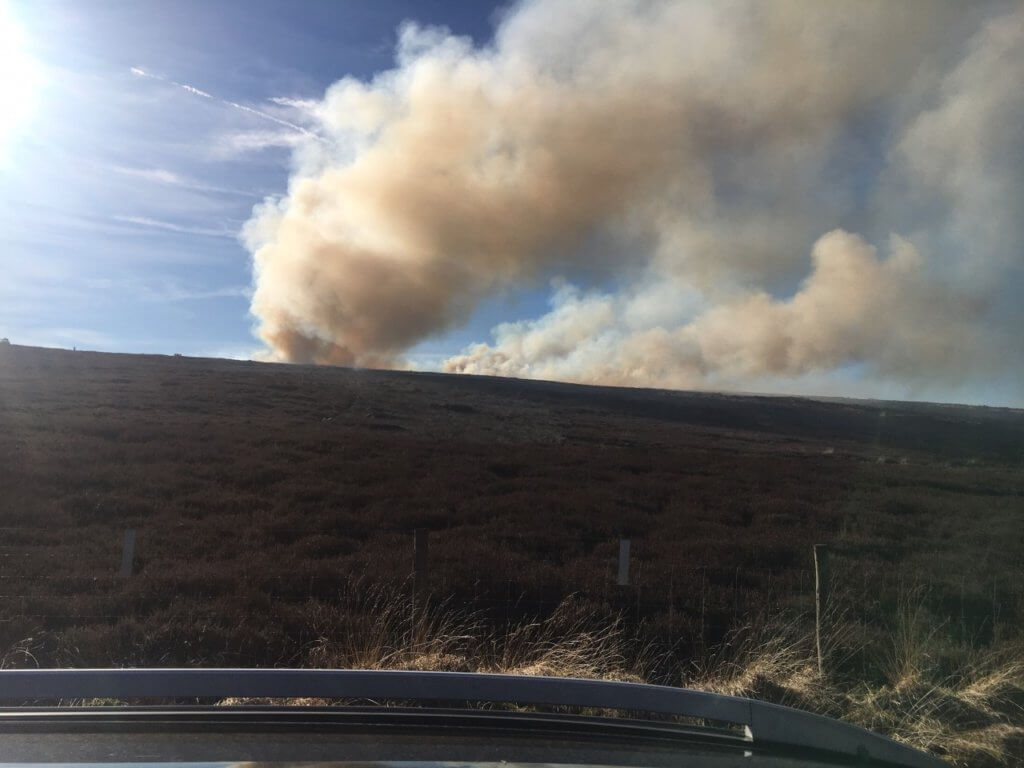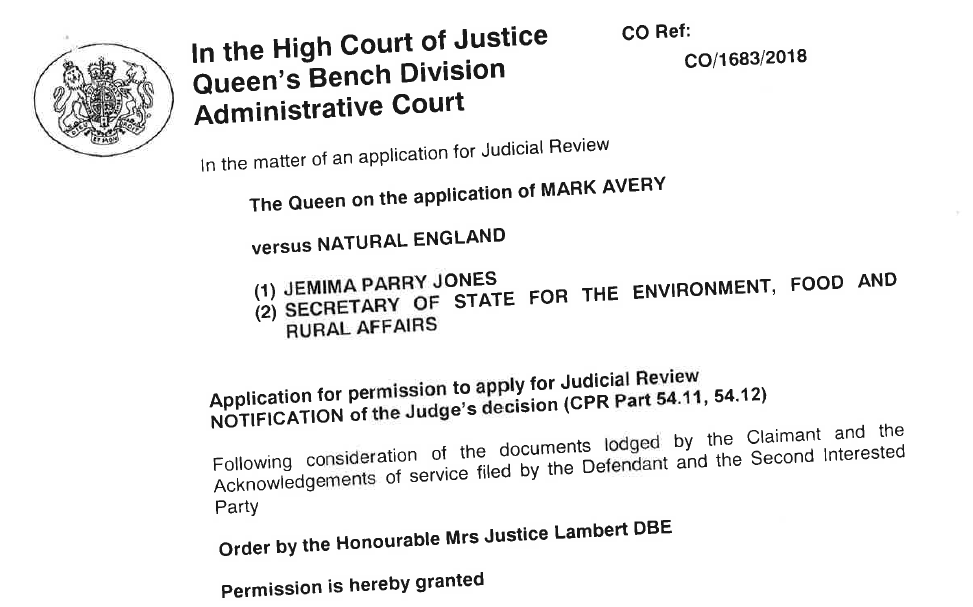I was out on 1 January last year doing a winter farmland bird survey where I was rewarded by first hearing and then seeing a Wood Lark in east Northants. That was a good way to start the year.

A post on 2 January predicted that it was going to be a bad year for driven grouse shooting – and so it has proved. The long-awaited analysis and publication of the Natural England Hen Harrier dataset showed rather elegantly that these birds are slaughtered on grouse moors. This doesn’t actually seem to have had the traction that it should have had apart from keeping Amanda Anderson and Andrew Gilruth a bit quieter than usual. The Werritty report hardly mentioned this analysis but was another blow to grouse shooting with its foolishly delayed, but nonetheless clear, recommendation that the Scottish government should license grouse shooting.
In late January we won a significant victory when a legal case taken and won by me in 2018 led to Natural England making a complete volte face on their position on an application to build a damaging road across protected blanket bog on Walshaw Moor estate in West Yorkshire. NE changed their position from collusive acquiescence to objection and this has had implications for all other agreements struck by NE with other grouse moors (see here, here and here).
Wild Justice launched on 13 February with the news that it was making a legal challenge (without disclosing what was that legal challenge). Most people shrugged and got on with their lives although some of the shruggers later became apopleptic when the legal challenge proved successful in April.

Moorland burning was in the news, particularly because several estates who had signed a voluntary agreement not to burn were seen to be burning, and continued burning of blanket blogs by other estates who had not volunteered to stop also made the point that government had to act – see here, and here. NE issued a good position statement and even Countryfile covered this issue.
And this blog posted its 6000th post.

In March I heard that my legal case against Hen Harrier brood meddling had failed but then announced that I would be appealing – that appeal (and RSPB’s) will be heard in March this year.
More significantly, the analysis of the NE Hen Harrier satellite-tagging dataset was published. It is a devastating dissection of the risk of death (through illegal means) of Hen Harriers visting those areas which are managed by the grouse shooting industry. the study is an exceptionally good one (not because I like its findings – though, yes, I do) but because it is scientifically highly robust and quite imaginative. You can read the actual paper (click here) but I am quite proud of my explanation of it which I think might help some to understand it better.

This is really good “stuff”on behalf of nature Mark and reflects the terrific efforts you must be putting in. The formation of Wild Justice is a very big step forward, (I stand ready to contribute at the next Crowd Funding appeal).
I think the going however will continue to be tough in the coming year and after as unfortunately we still have a Government with very vested interests in blood sports and little interest in helping our wildlife.
(I can’t at the moment see you receiving an OBE or a Knighthood in foreseeable future Mark for services to Nature, but keep up this brilliant work. It is a breath of fresh air to sometimes see this Government and its attitude towards wildlife sometimes getting a “bloody legal nose”. Wildlife and Nature would be a lot worse off without you.